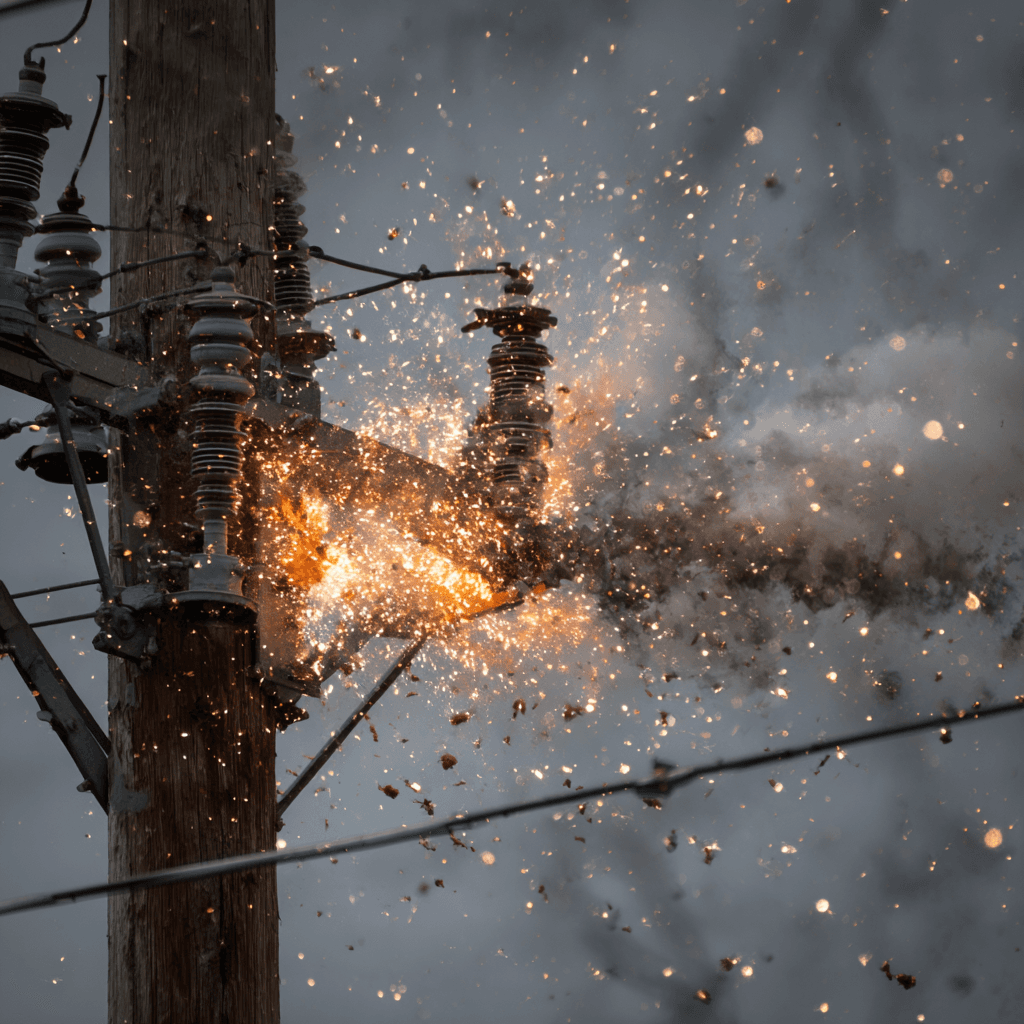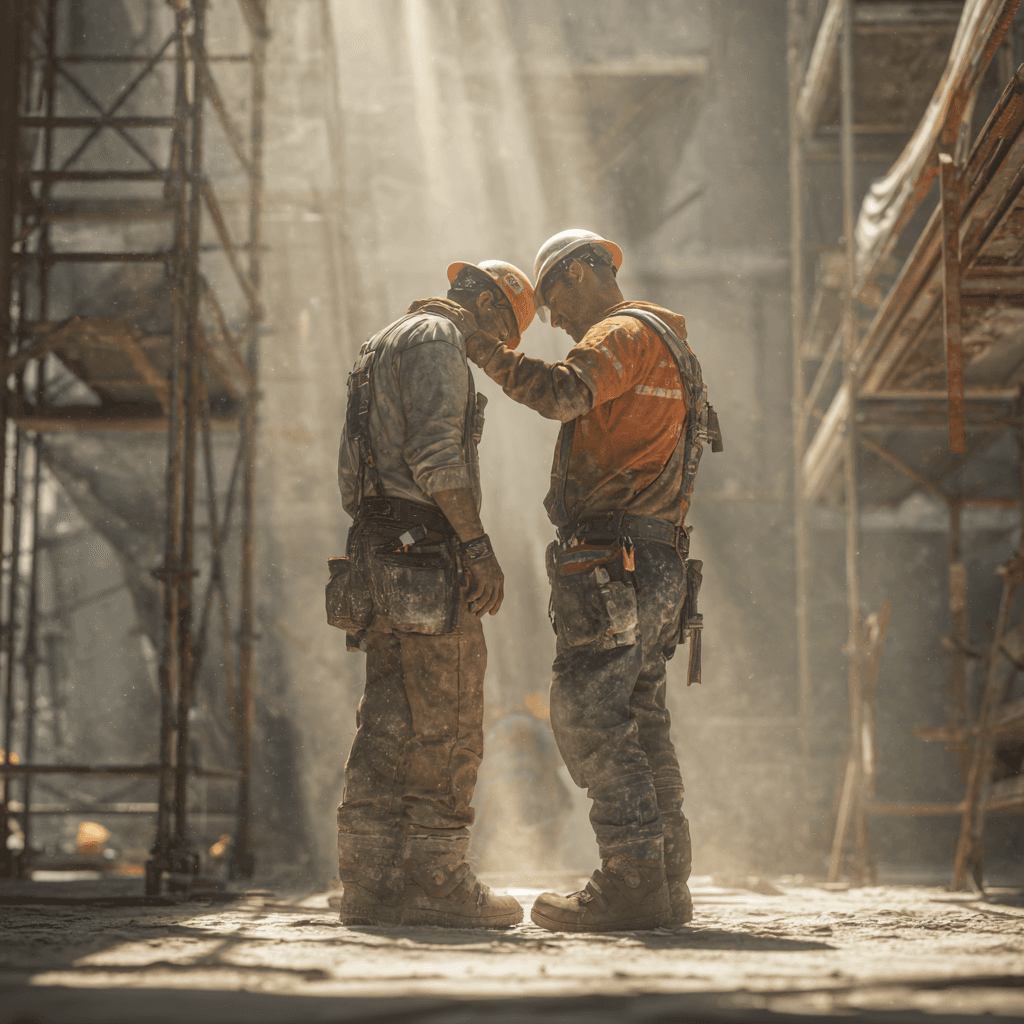What is STKY?

Brady Keene
Co-founder, COO and Head of Safety

At a glance: STKY (‘Shit That Kills You’) is a blunt way to name the hazards that matter most. Minor injuries hurt, but they rarely end lives. STKY hazards come from high-energy sources like gravity, motion, electricity, pressure, temperature, chemicals, and biological agents. When released without control, they kill. STKY shifts the focus from counting injuries to confronting the forces that change lives forever.
Why STKY matters
Cuts, sprains, and strains matter. They cause pain, disrupt work, and cost money. But they are not the same as a fall from height, an arc flash, or a sudden release of stored energy.
STKY hazards overwhelm the human body. They disable, disfigure, or kill in an instant. Organizations that fail to see this difference risk celebrating low injury rates while standing one step away from catastrophe. Safety is not the absence of minor accidents. It is the presence of strong controls that separate people from lethal energy.
Where STKY shows up
STKY is everywhere work is done.
- Routine work: Patterns create stability, but hazards remain.
- Variability: Small shifts in tools, timing, or environment weaken predictability.
- Nonroutine work: Breakdowns, repairs, and improvisations strip away guardrails and force decisions under pressure.
It is in this uncertain space, where drift and improvisation collide with high-energy hazards, that STKY most often becomes fatal.
The illusion of safety
A long streak without injuries can feel like proof of safety. It is not.
STKY does not care about calendars or repetition. A trench that stood for years can collapse tomorrow. A line worked live a hundred times can arc in an instant. Past success hides exposure but does nothing to remove it.
Traditional such as recordables, incident rates, lost time, can reinforce this illusion. They measure outcomes, not protections. Real safety comes only from verifying that essential controls are in place and effective.
The insidious nature of STKY
STKY rarely announces itself. It creeps in through the ordinary. A skipped inspection. A shortcut that becomes habit. A quick fix under pressure.
Drift builds slowly, then normalizes. Workers improvise when conditions don’t match the plan. Procedures bend, safeguards loosen, and nonroutine work amplifies the danger. What seems small becomes the crack where lethal energy escapes control.
By the time the risk is visible, the damage is already done.
Naming the line
STKY forces us to stop hiding behind jargon. It separates hazards that inconvenience us from hazards that kill us. It challenges leaders, supervisors, and crews to shift their focus from injury counts to the conditions that matter most controls that hold when everything else fails.
The true measure of safety is not whether nothing has gone wrong yet. It is whether protections against STKY are real, present, and strong.
FAQ: Understanding STKY Hazards
1. What is STKY in workplace safety?
STKY stands for “Shit That Kills You.” It is a blunt term for high-energy hazards that cause serious injuries and fatalities.
2. What are examples of STKY hazards?
Falls from height, electrical arcs, sudden releases of pressure, heavy equipment motion, extreme temperatures, chemical exposure, and biological agents.
3. Why don’t injury rates predict serious injuries?
Minor injuries like cuts or sprains do not track exposure to high-energy hazards. A low incident rate can hide STKY risks.
4. Where are workers most exposed to STKY?
In nonroutine work such as repairs, breakdowns, or improvisations, where drift, variability, and missing controls allow high-energy hazards to break through.
Related Posts
Continue reading with these related articles

The Myth of Compliance: Why Doing Everything Right Still Leads to Failure


Near Misses in Safety: Turning Lagging Data into Leading Insight


Government Shut Down: How a Shutdown Impacts OSHA and Workplace Risk
